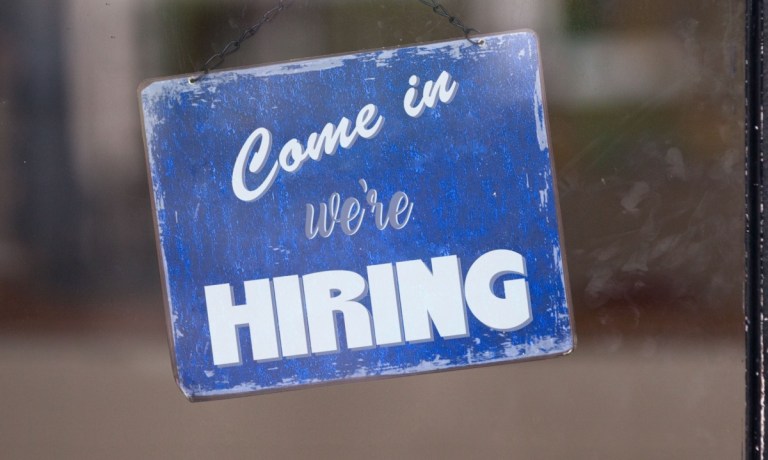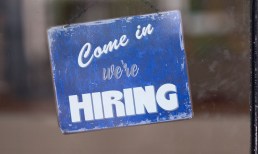Workers Open to Lower Wage Amid Perceived Decline in Labor Market

Workers are willing to accept a lower wage for a new job amid a decline in several metrics for the labor market.
“The average reservation wage — the lowest wage respondents would be willing to accept for a new job — dropped sharply to $74,236 from a series high of $82,135 in December,” the research group of the New York Fed said in a Monday (April 21) post on X.
The post shared that finding from the SCE Labor Market Survey, which is fielded every four months as part of the Survey of Consumer Expectations.
The March survey also found that workers’ satisfaction with wage compensation, nonwage benefits and promotion opportunities declined, with drops of 1.1, 1.2 and 1.7 percentage points, respectively, since the previous survey.
“Satisfaction with wage compensation is at its lowest level since November 2021,” the New York Fed said when announcing the survey results.
The latest edition of the survey also found that the average expected likelihood of receiving a job offer in the next four months decreased by 1.6 percentage points.
There were also declines in the shares of respondents who said they expected to work beyond the age of 62 and beyond the age of 67, according to the survey.
The Department of Labor said Thursday (April 17) that the number of initial claims for unemployment insurance in the U.S. fell by 9,000 during the week ended April 12.
Bloomberg reported Thursday that the number was “consistent with a stable market,” while Reuters said “low layoffs have anchored the labor market” but added that economists expect unemployment to rise in the coming months due to declines in business sentiment.
In some other findings from its March Survey of Consumer Expectations released earlier, the New York Fed said April 14 that consumers’ unemployment expectations — or the mean probability that the U.S. unemployment rate will be higher one year from now — jumped by 4.6 percentage points to reach the highest reading since the depth of the pandemic in April 2020.
The survey also found that the mean perceived probability of losing one’s job in the next 12 months increased by 1.6 percentage points to the highest level in a year.



